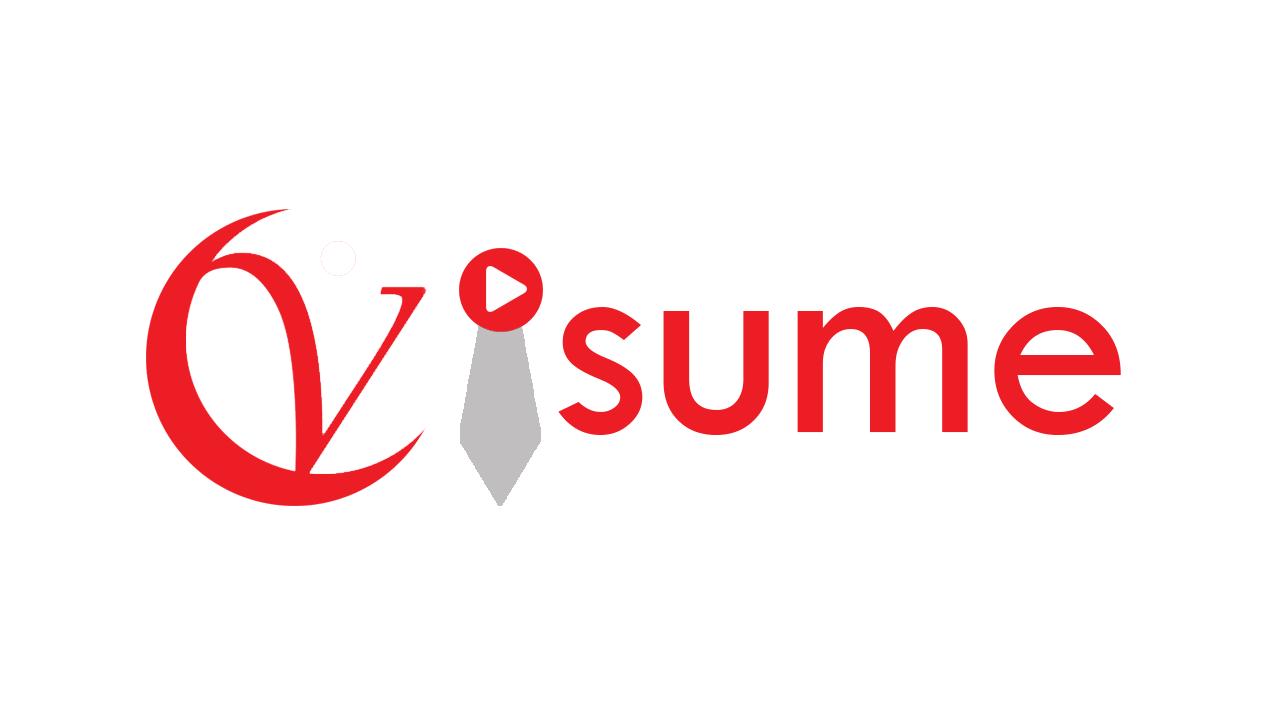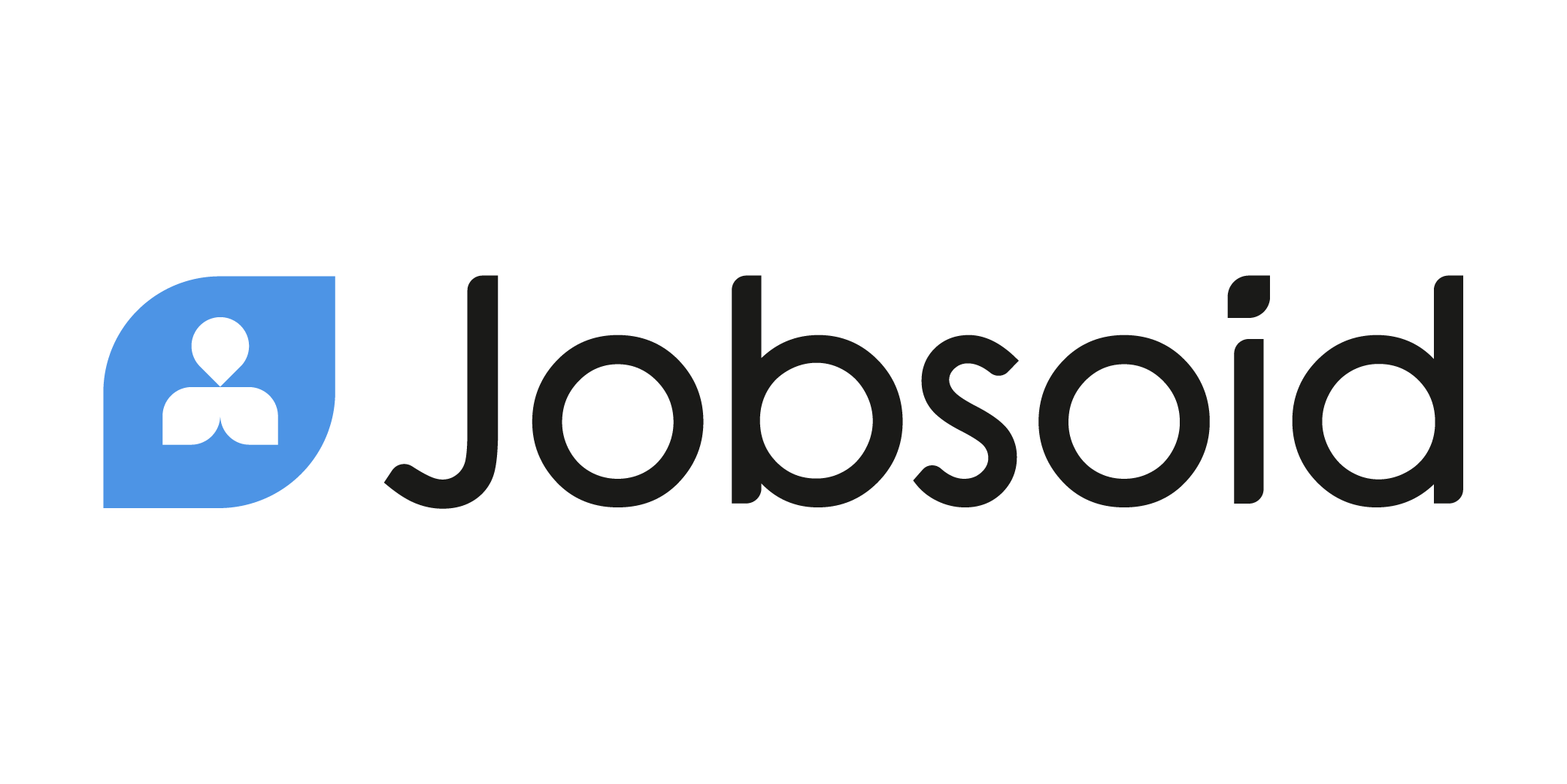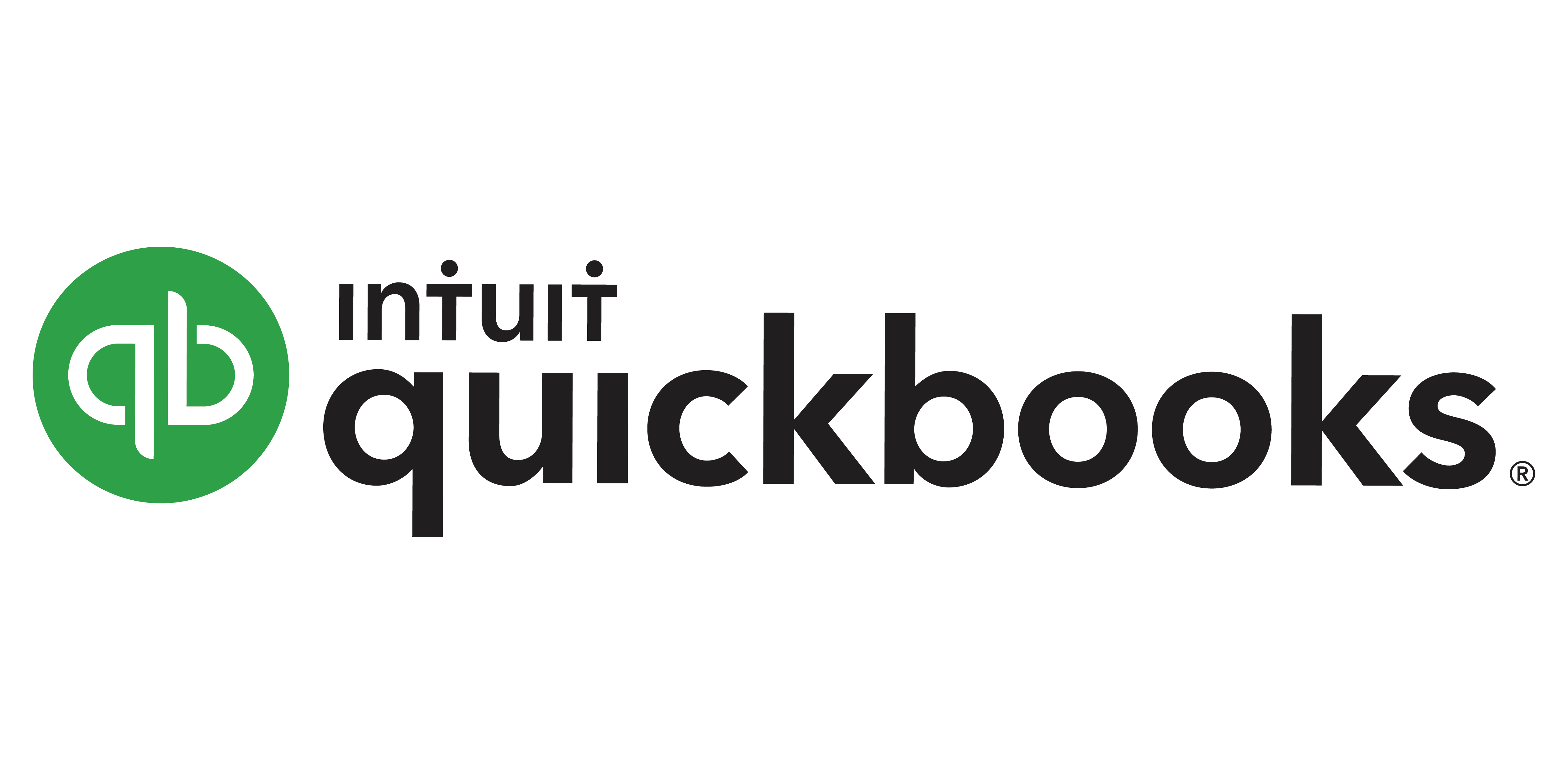What Is an Applicant Tracking System?
An Applicant Tracking System (ATS) is a software system that automates and optimizes the hiring process inside a business. It is a complete system that enables organizations to manage job advertisements, track applicant applications, and hire the best individuals for available jobs. An applicant tracking system (ATS) is designed to automate and streamline the many steps of recruiting, from publishing job descriptions to connecting with prospects and, finally, making hiring decisions.An applicant tracking system (ATS) saves organizations time and costs by centralizing all recruitment-related operations, while also enhancing the candidate experience. An Applicant Tracking System often includes job posting administration, resume processing, candidate database management, interview scheduling, and reporting/analytics.
Many current ATS have additional capabilities like resume scoring, applicant relationship management, and interaction with other HR systems. One of the most significant advantages of employing an ATS is the ability to screen and analyze applicants more effectively. The software is designed to search resumes and job applications for specific phrases and characteristics, allowing recruiters to swiftly reduce their applicant pool and focus on the most qualified candidates.
In addition to expediting the recruiting process, an ATS assists firms in complying with equal employment opportunity rules and regulations. By guaranteeing that all candidates are evaluated using the same criteria, an ATS helps to remove any prejudice and encourage fair recruiting procedures.
Overall, an Applicant Tracking System may help firms enhance their recruiting process and make better hiring selections. With its numerous features and advantages, an ATS is a must-have for any firm wanting to recruit and retain top personnel in today's competitive employment market.
What Are the Recent Trends in Applicant Tracking Systems?
Applicant Tracking Systems (ATS) are becoming a vital component in modern recruiting and hiring procedures. As the job market gets more competitive, firms are turning to applicant tracking systems (ATS) to expedite and optimize their hiring processes. Buyers should be aware of certain current trends in ATS that have emerged as technology has advanced and labor market factors have changed.
Let's take a look at the top ATS trends and how they might help your hiring process.
1. AI-powered features: One of the most important developments in ATS is the use of artificial intelligence (AI) to improve recruiting procedures. AI-powered applicant tracking systems may assist automate boring chores like resume screening, application assessment, and interview scheduling. This saves time and effort while also reducing the likelihood of human mistake and prejudice in the recruiting process.
2. Mobile compatibility: Given the growing popularity of smartphones and mobile devices, it's no wonder that ATS are becoming more mobile-friendly. This trend enables recruiters to use the system on the road and keep in touch with prospects throughout the recruiting process. It also allows candidates to easily apply for positions and check their application progress, making the recruiting process more accessible and efficient.
3. Social Media Integration: As a key tool for candidate sourcing, applicant tracking systems (ATS) are now connecting with prominent social media sites like as LinkedIn, Facebook, and Twitter. This enables recruiters to access a bigger pool of prospects and engage with passive job searchers. Social media integration also makes it easy to measure and evaluate the efficacy of job advertisements.
4. applicant Experience: ATS are now concentrating on creating a smooth and enjoyable applicant experience. This includes individualized contact, simple application processes, and regular updates on application status. A favorable applicant experience not only benefits the hiring firm but also aids in attracting top personnel.
5. Data Analytics: Data has become a critical component of decision-making in all businesses, including recruiting. ATS now include data analytics tools that give significant insights into recruiting patterns, candidate performance, and the efficacy of recruitment methods. This information can assist recruiters in making data-driven judgments and continually improving their hiring procedures.
Benefits of Using Applicant Tracking System
An applicant tracking system (ATS) is software that simplifies and automates the recruiting process. It enables firms to recruit, manage, and hire elite personnel while saving time and resources.
Here are some main advantages of employing an application tracking system that may significantly assist your firm.
1. Streamlines The Recruitment Process: One of the primary benefits of an ATS is that it simplifies and streamlines the recruiting process. This program automates job advertising, resume screening, and interview scheduling, allowing recruiters to manage a huge number of candidates more quickly.
2. Reduces Time To Hire: Hiring new staff may be a time-consuming procedure, particularly for organizations that get a large number of applications. An applicant tracking system (ATS) may drastically cut time-to-hire by streamlining the whole recruiting process, from locating appropriate applicants to onboarding.
3. Improves The Candidate: Experience An ATS may help improve the prospect experience in a variety of ways. The program enables candidates to effortlessly apply for employment and follow their application status. It also gives automated tailored email updates to keep candidates informed and involved throughout the recruiting process.
4. Enables Centralized Database Management: An applicant tracking system (ATS) contains all candidate information in a consolidated database that recruiters may quickly access. This removes the need for manual resume filing and tracking, resulting in structured and secure applicant data.
5. Improves Collaboration And Communication: Collaboration and communication between recruiting teams are critical for effective recruitment. Using an ATS, recruiters can exchange applicant profiles, resumes, and comments in real-time with other team members, allowing for improved decision-making and a more efficient recruiting process.
6. Increases The Quality Of Hiring: Selecting the appropriate individual is important to the success of any organization. An applicant tracking system (ATS) screens and matches individuals based on particular job requirements, ensuring that only the most suitable candidates are picked for further review.
7. Offers Valuable Recruitment Analytics: An applicant tracking system (ATS) provides significant insights into recruiting statistics such as application volume, candidate source, time-to-hire, and cost-per-hire. Businesses may use this data to discover recruiting patterns, analyze the success of job ads, and make data-driven hiring choices in the future.
Important Factors to Consider While Purchasing Applicant Tracking System?
When contemplating acquiring an Applicant Tracking System (ATS), it is critical to explore a variety of variables to ensure that it matches your organization's unique goals and expectations. As the need for high-quality applicants grows, a dependable and effective ATS has become an essential tool for recruiters and hiring managers. However, with so many possibilities in the market, it might be difficult to choose the best one.
To help you narrow down your options, here are some key considerations to consider when selecting an Applicant Tracking System:
1. Functionality and Features: The first and most important consideration should be the ATS's functionality and features. Look for a system that has essential functions like job posting, resume processing, applicant searching, interview scheduling, and interaction with other HR software. In addition, evaluate your organization's size and hiring needs while selecting an ATS.
2. User-Friendly Interface: An ATS with a user-friendly interface may significantly improve the hiring process. Both recruiters and applicants should find it straightforward and easy to navigate. A crowded and convoluted system can cause confusion and irritation, negatively impacting the hiring process.
3. Customization Options: Because each business has a unique recruiting process, it is critical to choose an ATS that can be tailored to your specific hiring procedure. Look for a system that allows you to tailor workflows, job listings, and reporting to your individual requirements and preferences.
4. Cellphone Compatibility: In today's digital world, cellphone compatibility has become an important consideration when selecting an ATS. A system that includes a mobile app or is mobile-friendly allows recruiters and hiring managers to use it while on the go, enhancing efficiency and productivity.
5. Integration Capabilities: Your ATS should work easily with your current HR solutions, such as HRIS, payroll, and CRM systems. Integration capabilities can save significant time and effort by removing the need for manual data entry and lowering the likelihood of mistakes.
6. Data Security: Given the rising quantity of personal and sensitive information communicated over an ATS, data security is a critical concern. To protect your organization's and applicants' data, ensure that the solution you chose has strong security features such as data encryption and frequent backups.
7. Pricing: Before choosing an ATS, investigate the pricing structure and ensure that it is within your budget. Some systems charge a one-time fee, while others use a subscription basis. Evaluate your organization's demands and compare price choices to get the most cost-effective solution.
8. Customer Support: Having dependable customer support is critical, especially if you are experiencing technical difficulties or need assistance utilizing the ATS. Look for a system that provides 24/7 customer care by phone, email, or live chat.
9. Reputation and Reviews: Conduct research and read feedback from other organizations that have utilized the ATS you're considering. Look for success stories and reviews about the system's functionality, usability, and customer service. A renowned and well-reviewed ATS can provide trust in your purchase decision.
Finally, choosing the correct Applicant Tracking System may have a big influence on how efficient and successful your recruiting process is. Consider these critical elements when comparing alternative systems to make an informed selection that best meets your organization's hiring requirements.
What Are the Key Features to Look for in Applicant Tracking System?
An Applicant Tracking System (ATS) is software that simplifies and automates the recruiting process. It facilitates the management of job applications, resumes, and candidate information in a single database. ATSs have a variety of features and functions, so customers must examine their demands and select the ATS that best meets their requirements.
Here are the main characteristics you should look for in an applicant tracking system.
1. Resume Parsing: A decent ATS should be able to parse and extract information from resumes submitted in diverse formats. This function saves recruiters time by automatically filling out candidate profiles with pertinent information such as contact information, job experience, abilities, and education.
2. Customizable Search and Filtering: Look for an ATS that lets you search and filter through a big number of resumes using keywords, location, experience, and other relevant factors. This tool allows recruiters to swiftly identify the most qualified prospects.
3. Job Posting and Distribution: An ATS should integrate seamlessly with job boards and social media platforms, allowing you to post job vacancies and promote them across numerous channels with a single click. This feature helps to attract a bigger number of candidates.
4. Mobile-Friendly Interface: In today's mobile-first environment, a mobile-friendly ATS is essential. It allows recruiters to view applicant information and manage job applications from their cellphones or tablets, even while they are not at their workplace.
5. Automated Communication: Select an ATS that has automated communication capabilities like email templates, interview scheduling, and status updates to keep applicants informed and involved throughout the recruiting process. This functionality enhances the applicant experience and facilitates communication for recruiters.
6. Analytics and Reporting: An ATS should have comprehensive analytics and reporting features that enable recruiters to examine critical metrics like time-to-hire, source of hiring, and candidate diversity. These insights enable recruiters to make data-driven decisions and enhance their recruitment strategy.
7. Integration with Other HR Systems: Make sure the ATS you chose works with other HR systems including payroll, onboarding, and performance management. This function improves the overall efficiency of your HR department by eliminating the need for manual data entry.
Why Do Businesses Need Applicant Tracking System?
Businesses, regardless of sector or size, are continually looking for top people to fuel their development and success. However, with hundreds of resumes streaming in for each job position, HR teams often find it difficult and time-consuming to filter through them all and discover the best match. This is where an applicant tracking system (ATS) comes in. An applicant tracking system (ATS) is software that automates the whole recruiting process, from advertising job opportunities to tracking and managing candidates. It simplifies the recruiting process, allowing firms to employ the best applicant faster and more efficiently.Here are the main reasons why your firm requires an ATS:
1. Time and Cost Efficiency: The typical recruiting process includes manual chores such as placing job advertising on several platforms, assessing resumes, and scheduling interviews. This can be time-consuming, expensive, and subject to human mistake. An ATS automates these activities, saving time and money on recruiting.
2. Improved Candidate Quality: The ATS employs powerful algorithms to screen resumes based on particular job criteria, keywords, and credentials, ensuring that only the best candidates are evaluated. This enhances application quality while also saving HR teams time examining irrelevant resumes.
3. Centralized Database: An ATS stores all candidate information in a centralized database, allowing HR professionals to easily access and manage applicant data from a single platform. This removes the need for several spreadsheets or paper-based solutions, resulting in a more structured and efficient recruitment process.
4. Customizable Workflows: Each firm has its own recruiting procedure, from screening to hiring. An ATS enables you to establish unique processes and allocate particular duties to different team members, making the hiring process more structured and effective.
5. Data-Driven Decisions: Throughout the recruiting process, an ATS collects and analyzes data to provide useful insights into the success of job ads, sources of qualified candidates, and overall recruitment strategy. This enables firms to make data-driven decisions about future recruiting, resulting in better recruits and improved retention rates.
How Much Time Is Required to Implement Applicant Tracking System?
The time required to implement an applicant tracking system (ATS) varies based on a few major aspects. Implementing an ATS might take anything from a few days to a few weeks. However, it is important to remember that this process may take longer for larger firms or those with more sophisticated hiring processes. Let's start with the implementation procedure.
The specific procedures vary amongst ATS providers, but generally follow a similar framework. Initially, you must select the best ATS for your requirements and budget among the available possibilities. Then, you'll need to collaborate with your selected supplier to set up and modify the system for your unique hiring procedure. This modification covers job advertising, candidate screening criteria, and interview schedule.
The second important consideration is the size of your business and the intricacy of your hiring procedure. For smaller businesses with simple operations, the implementation period may be shorter, often a few days or a week. However, for bigger firms with more substantial hiring needs and various departments participating in the hiring process, the implementation time may be longer, often a few weeks.
Another element that might influence implementation time is the amount of data migration necessary. If you're transitioning from a manual or antiquated system to an ATS, you'll need to transfer data. This procedure may take longer, depending on the volume and complexity of the data. Furthermore, the ATS provider's degree of training and assistance might have an influence on deployment time.
Generally, the more complete the training and assistance, the smoother and faster the implementation will be. To guarantee a successful installation, select an ATS supplier that provides comprehensive training and support.
What Is the Level of Customization Available in Applicant Tracking System?
When selecting an Applicant Tracking System (ATS) for your company, it is critical to understand the degree of customisation available. This will allow you to select the solution that best meets your unique employment requirements and processes. An ATS's customization choices may vary, but there are three common levels of customization: basic, moderate, and advanced.
Basic customization capabilities often include the ability to add your company's branding and logo, change the layout and color scheme, and insert custom fields into application forms. This degree of customization is excellent for small organizations or those with straightforward recruiting procedures that do not necessitate substantial modification. Moderate customisation offers extra possibilities such as designing custom processes and automations, assigning various roles and permissions to team members, and integrating your own job descriptions.
These features are particularly valuable for medium-sized businesses or those with more complex employment procedures since they provide greater control and flexibility. Enterprise-level ATSs often provide considerable customisation, which includes capabilities like API connectivity, comprehensive reporting and analytics, and the ability to create custom integrations.
This degree of customisation is excellent for larger firms or those with very specific employment requirements. It is crucial to realize that, while advanced customisation provides the most versatility, it also comes at a larger cost. Before deciding on an ATS, you must thoroughly examine your organization's needs and budget.
Which Industries Can Benefit the Most from Applicant Tracking System?
Applicant Tracking Systems (ATS) are becoming increasingly popular in today's employment market because of their capacity to expedite the recruiting process for both employers and job seekers. While all sectors can profit from the usage of an ATS, some industries will gain the most from its features and services.
We will look at the top industries that can gain the most from deploying an applicant tracking system.
1. Healthcare Industry: The healthcare business is one of the most rapidly expanding employment marketplaces, with a huge amount of applications for positions such as nurses, physicians, and medical technicians. Managing such a big volume of candidates may be difficult and time-consuming for HR personnel. An ATS may automate the initial screening process by removing unqualified prospects based on established criteria, allowing recruiters to focus on the best candidates and shortening the time-to-hire.
2. Information Technology Industry: The IT business is well-known for its fiercely competitive labor market and strong demand for skilled workers. This business is also recognized for its use of technology, therefore an ATS is an obvious choice for its recruiting process. IT organizations may use an ATS to expedite their hiring process, track each candidate's status, and interact more effectively with hiring managers and other team members.
3. Retail Industry: The retail business has a high turnover rate, particularly for entry-level employment. With an application tracking system (ATS), retail organizations can effortlessly manage a huge pool of candidates and rapidly find individuals with the necessary skills and expertise. This not only speeds up the hiring process, but also increases the quality of personnel, resulting in lower turnover and cost savings for the business.
4. Educational Industry: Educational institutions, such as schools and universities, frequently get a high number of employment applications from teachers, administrators, and other personnel. An applicant tracking system (ATS) allows educational institutions to automate the screening process and guarantee that only eligible individuals are evaluated for available vacancies. This can save time and resources while also increasing the overall quality of hiring.
5. Government Agencies: Government entities frequently have stringent recruiting restrictions and processes, making the recruitment process difficult and time-consuming. Implementing an ATS allows these agencies to maintain regulatory compliance while also improving the efficiency of their employment process. An ATS may also assist collect application data and evaluate diversity and inclusion activities, which is critical for government organizations.
Conclusion
To summarize, selecting the correct Applicant Tracking System (ATS) may significantly improve your organization's recruiting and hiring process. Before choosing an ATS, you should examine your individual goals and budget, as well as considerations like as scalability, connectivity with other HR software, and user-friendliness.
Here are some major insights from this buyer's guide:
1. Determine your organization's particular requirements and goals for an ATS.
2. Consider the ATS's scalability to guarantee it can expand alongside your organization.
3. Look for an ATS that can work with your existing HR software.
4. Ease of use and user-friendliness should be considered.
5. Use free samples and demonstrations to evaluate the ATS before making a selection. 6. Pay attention to the ATS company's customer service and training.
7. Consider the ATS's cost and payment plan to verify it is within your budget. 8. Request references from the ATS firm to obtain genuine user reviews.
9. Ensure that the ATS has strong security safeguards to secure sensitive candidate data.
10. Consider your organization's future demands and select an ATS that can adapt to these changes. By following these guidelines and thoroughly considering your alternatives, you will be able to make an informed decision when choosing the best ATS for your firm. We hope our buyer's guide has been useful in guiding your ATS purchase process.






















